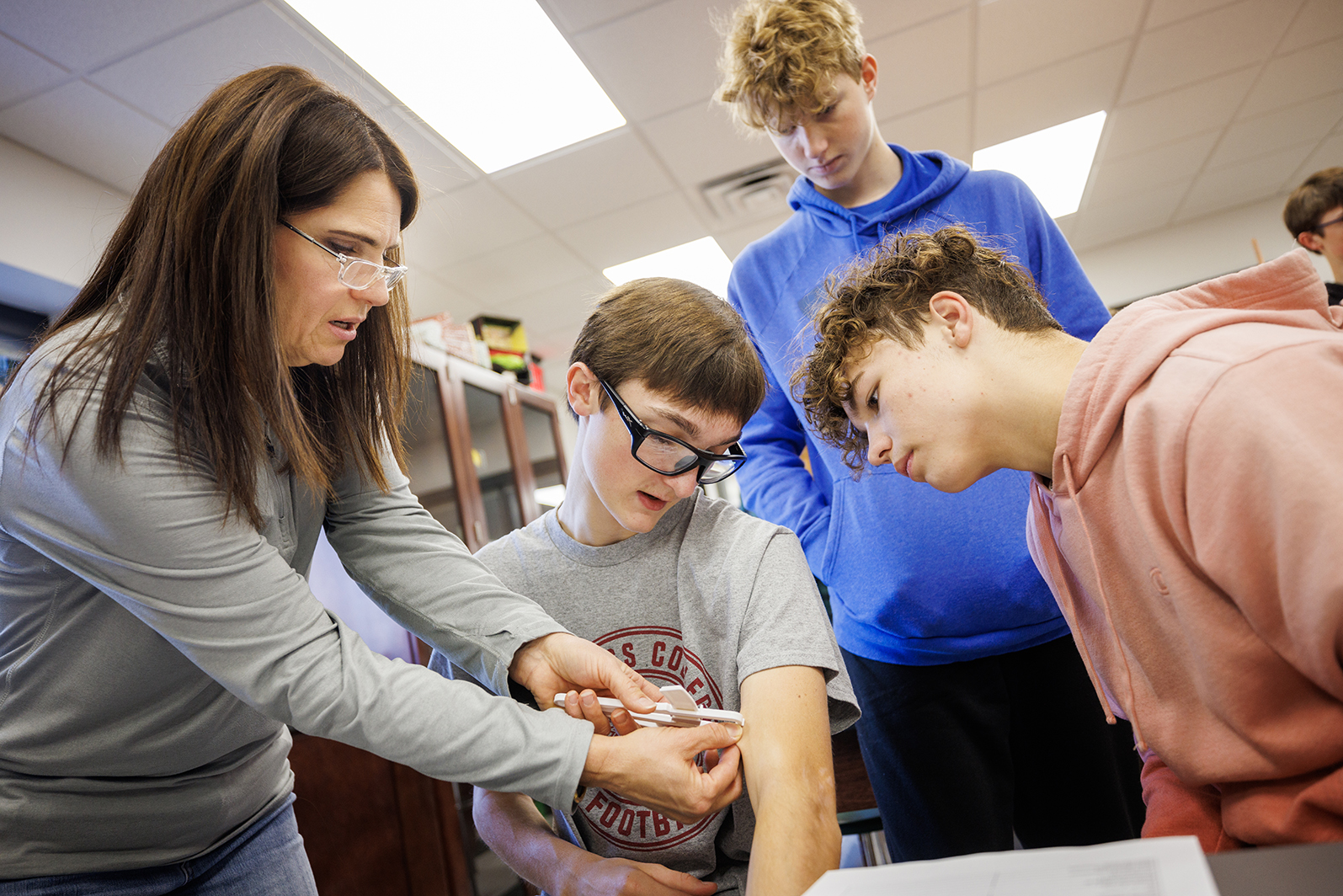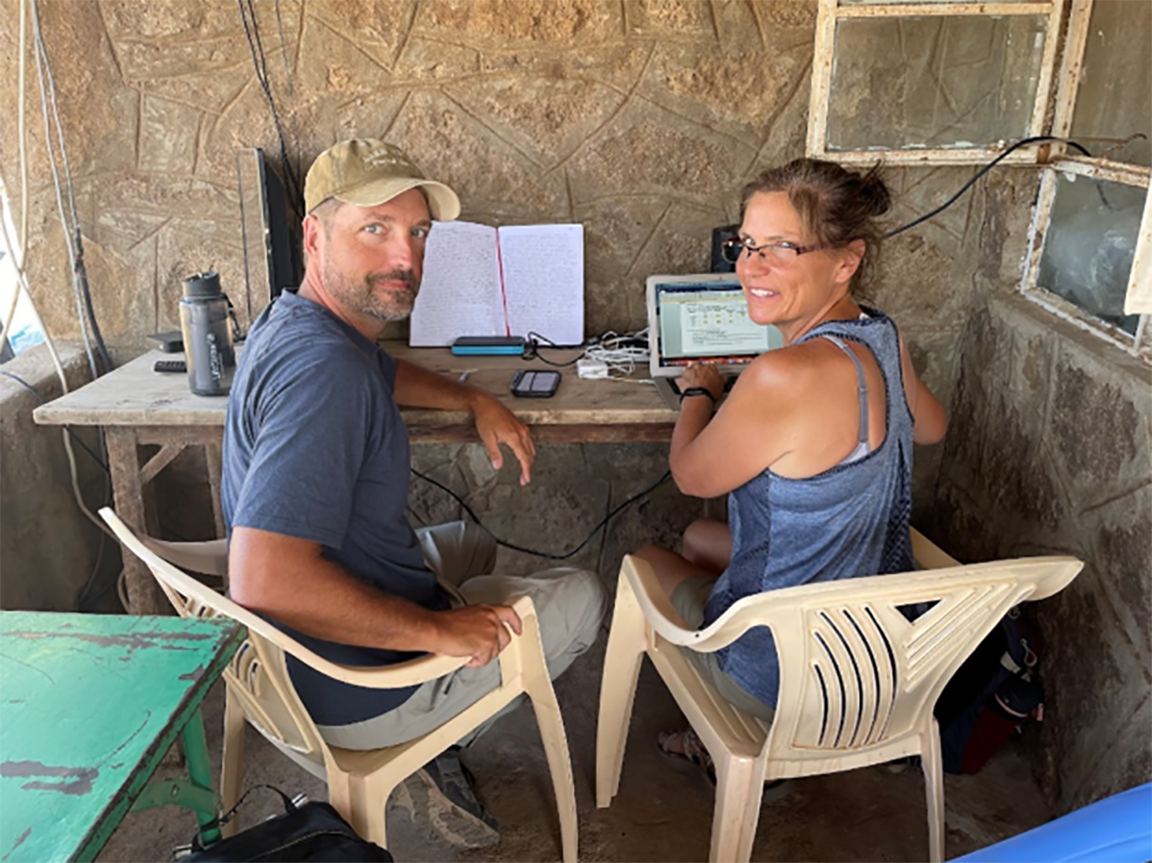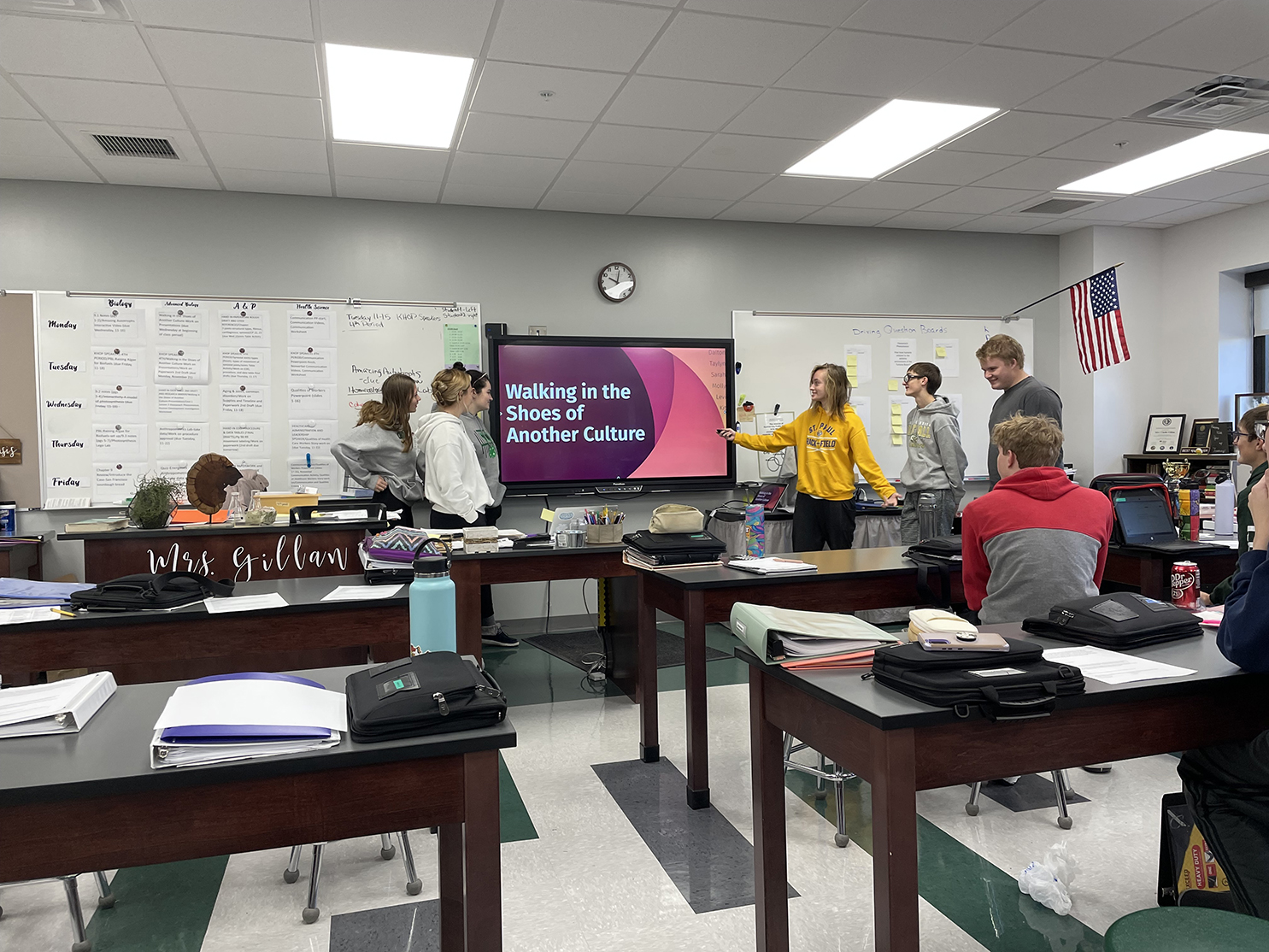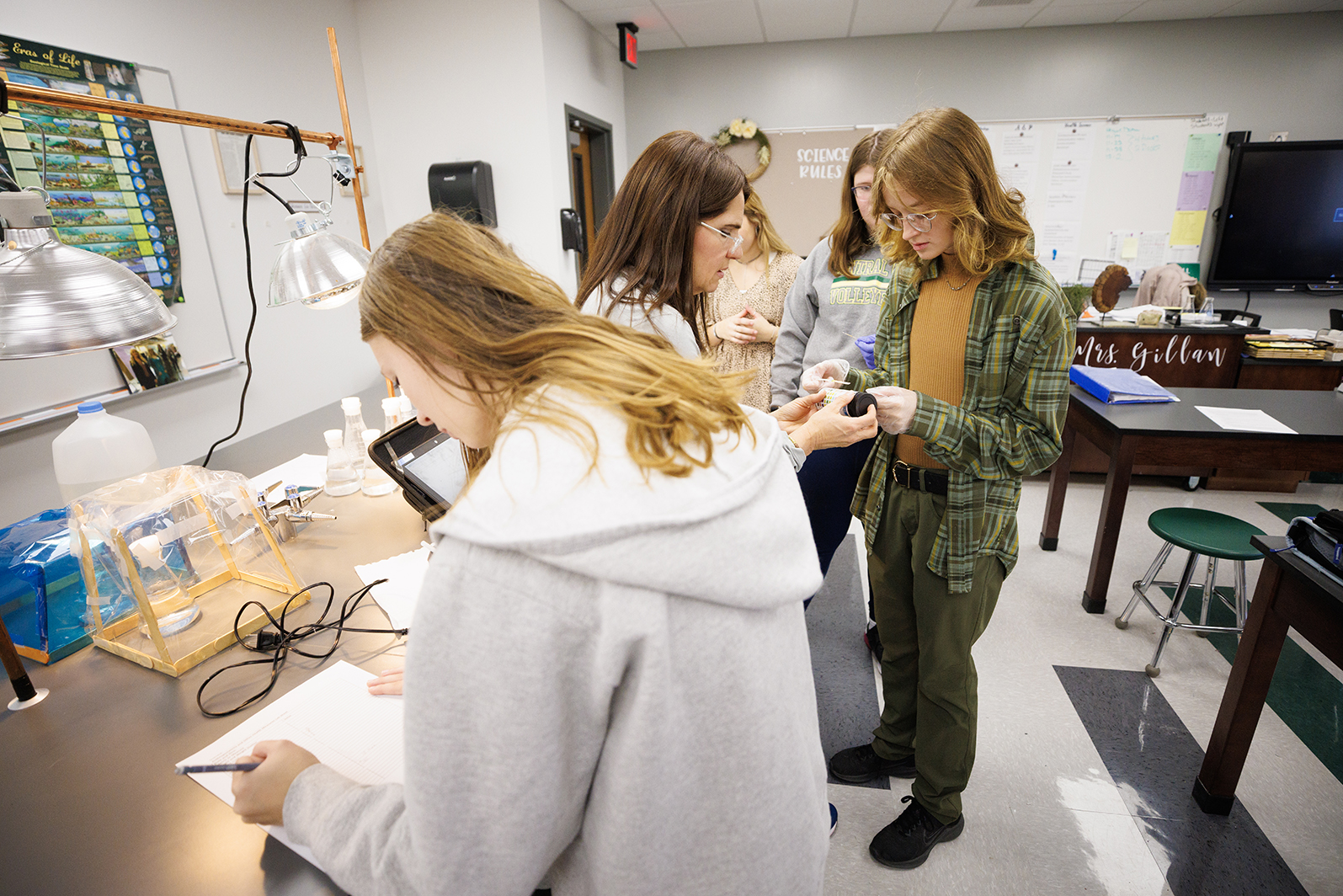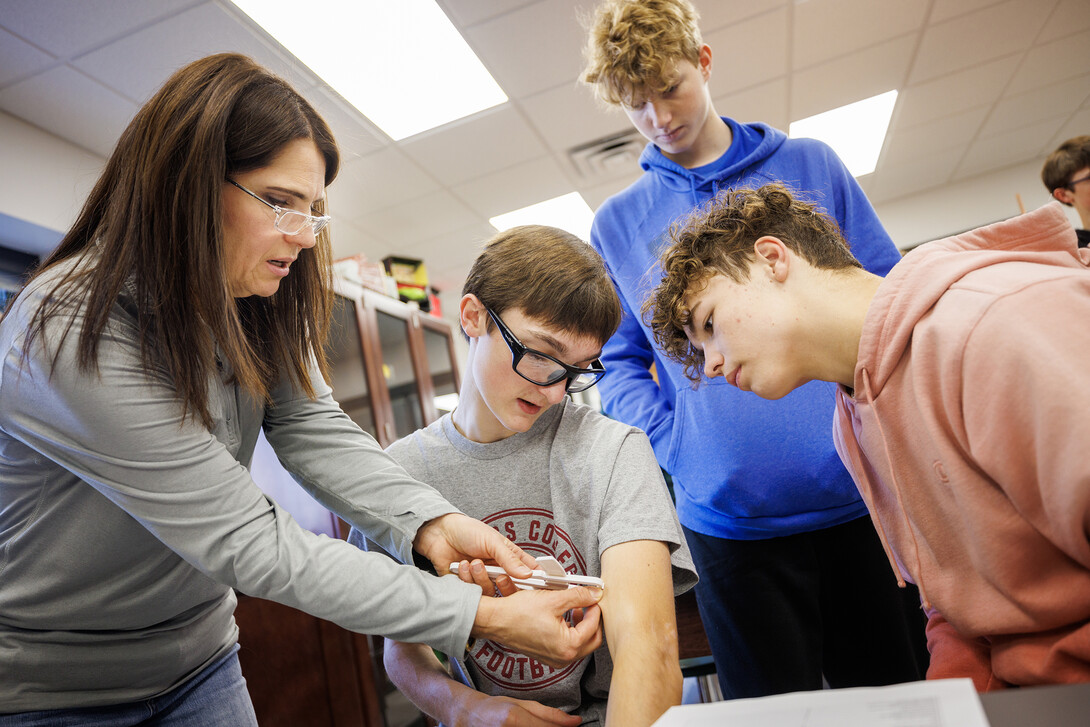
Against the backdrop of northern Kenya, two Nebraska high school educators dove into anthropological and ecological research while developing science curricula they are now piloting in their classrooms.
With funding from the National Science Foundation’s Research Experience for Teachers program, Charley Bittle, biology teacher and chair of the science department at Lincoln Southwest High School, and Chelle Gillan, biology and health science teacher at Central City High School, attended a six-week research session at Koobi Fora Field School in June and July.
They were under the advisement of Matthew Douglass, director of the Master of Applied Science program and associate professor of practice in the College of Agricultural Sciences and Natural Resources at the University of Nebraska–Lincoln. The field school is an international collaboration between George Washington University and the National Museums of Kenya, with affiliated researchers from the United States, Africa and Europe.
As full-time researchers at the field school, Bittle and Gillan accompanied scientists on the ground, collecting data, including vegetation and water samples, and worked with the local Daasanach pastoralist people to gather information, including health measures, for research exploring how pastoralists have adapted in the Turkana Basin over 4,000 years. Bittle kept a blog of the experience.
“It was very exciting,” Bittle said. “We participated in field research and the excitement of it all was palpable; you’re collecting data, using new techniques along with ones you haven’t done for a long time. When you have the science background, as well as an educator for 20 years, it makes it really fun, especially to be around others who were so curious, knowledgeable and passionate about this work.
“And then, you’re always thinking about how to bring this experience back to the classroom to get the students excited, too.”
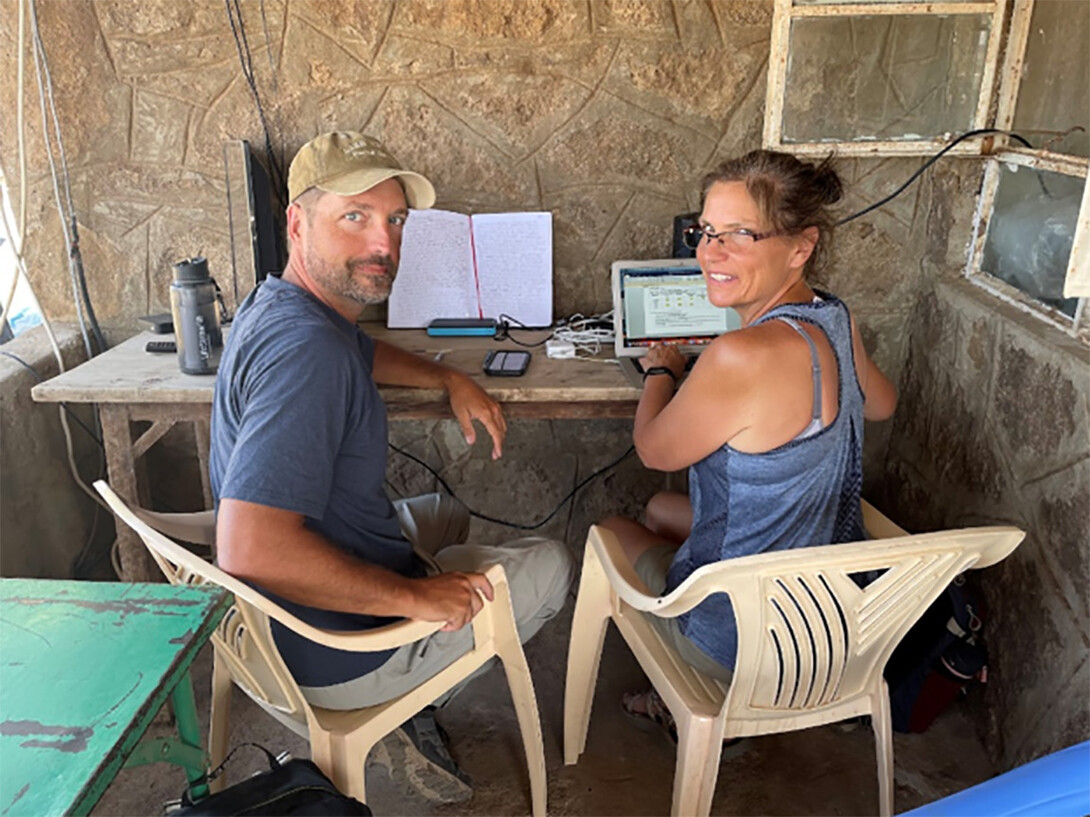
As a requirement for participation in the program, Bittle and Gillan began working on curricula they could teach in their science classes.
“We developed a lot of lesson plans in a short period of time,” said Gillan, who is also a master’s student in the Master of Applied Science program at Nebraska. “One of my favorite lessons we developed is the ‘walking in the shoes of another culture.’”
That activity broke students into small groups to become a Daasanach family, with roles and tasks in the community, and involved exercises that got students thinking about resources, and how those resources could be sustained over a long term in a climate that gets very hot and dry.
“It brought in so many ways that students could think about another culture,” Gillan said. “It also helped us teach about energetics and cellular respiration, which is a tough concept for students to grasp sometimes because it’s at the cellular level. Having a real-world application that students could work with, they really started to understand what it would take to survive 90 days of the dry season. We used a claims, evidence and reasoning format, so students had to provide evidence in the form of models and graphs and reasoning behind how all of this works together.”
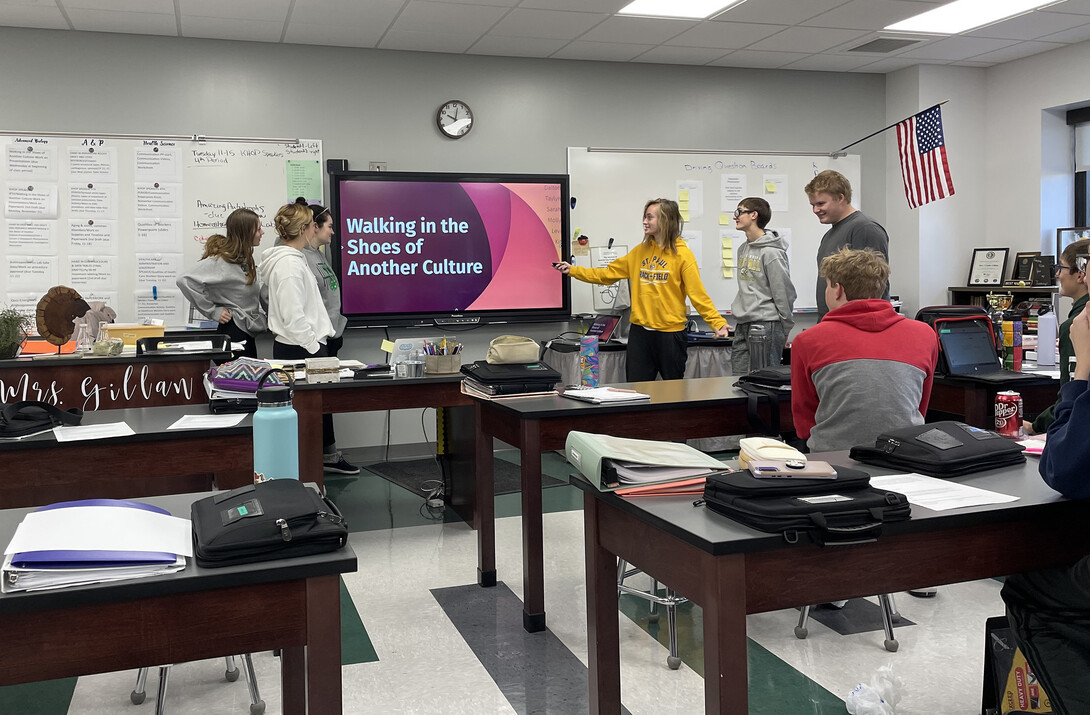
Another piece of curriculum lets students examine the ecology of the area and the effects of pastoralism on the environment.
“We were out there sampling vegetation, and that has direct application here in Nebraska for us, because we have farmers and ranchers who use the land and a lot of these practices are similar,” Bittle said. “How can we have our students have that same sort of experience, to get a broader view of that connection between the land and humans? In Nebraska, we can get our students outside for field work looking at natural habitats versus agricultural land and draw comparisons between the local work and the work in Kenya.”
Additional activities include water sampling of the Platte River — even digging down to water in areas where it went dry — and comparing that to water samples from the Turkana Basin, where the field school is located.
“That added in a geology lesson because of the salinity of the water samples from the basin,” Bittle said. “Why is there so much salt in some areas? That has to do with the geology of the area.”
“That’s been a really neat thing — all of these lessons are really holistic,” Gillan added. “They incorporate so many different aspects and cultural perspectives.”
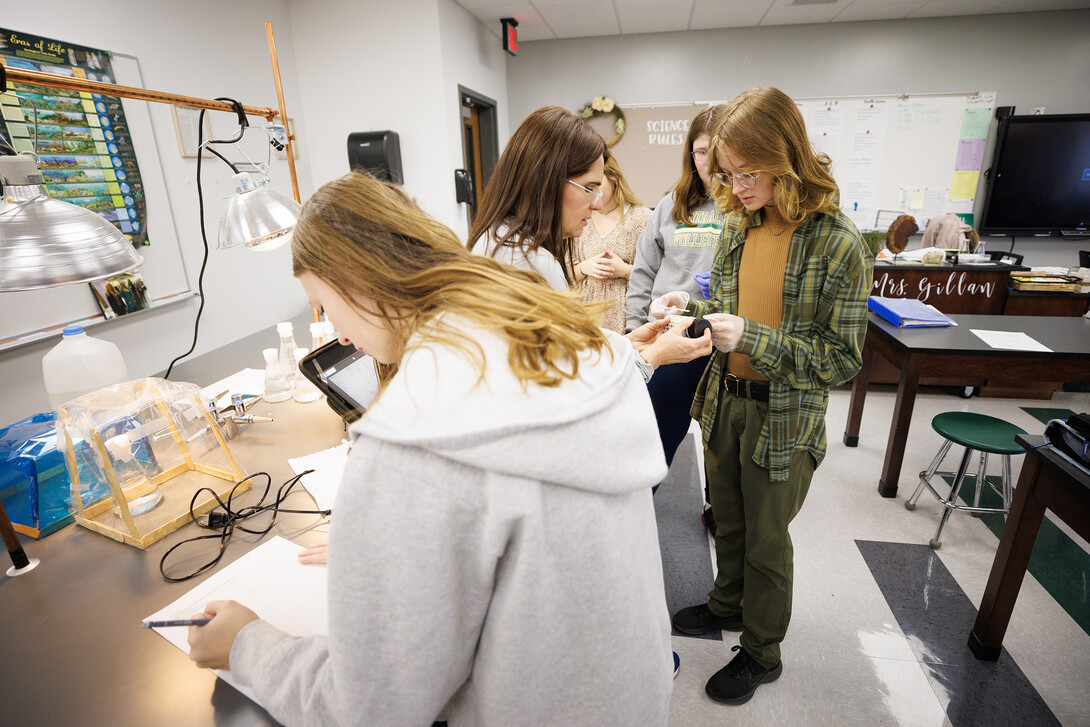
Students agreed. Both Bittle and Gillan asked for anonymous feedback from students to ascertain the comprehension and mastery of the lessons. Many shared that they were impacted by learning about another culture completely different from their own.
“I liked how we were also learning about people that live in a different place and relating it to our lives,” one student wrote.
Another added, “I liked that I could use my way of thinking to discover different ways to learn about a culture I never knew about.”
Students also appreciated the hands-on, outside-the-book lessons.
“I really liked how we did a ton of labs,” one wrote. “Labs make me feel engaged in what we are doing and I can apply some connection while learning about it.”
While the lessons are only being utilized in Bittle’s and Gillan’s classrooms currently, Douglass said the overarching goal is to refine the lessons and eventually host them on a website to be available to all teachers. Bittle, Gillan and Douglass attended a follow-up conference in Washington, D.C., to discuss next steps in preparing the lessons for publication.
The program, which Douglass said will take two more educators each of the next two years, has already exceeded his expectations.
“We had so many delays with COVID-19 — we originally had funding for 2020 — we thought we would be playing catch-up,” Douglass said. “But Charley and Chelle blew us away. We were so impressed with how much they completed, how quickly it was ready to go, and they were able to jump into teaching it this semester.”
The experiences and work of Bittle and Gillan are exactly what the program was designed to do, and Douglass is excited to see the impact on students.
“The goal of the field school is to train the next generation of anthropologists, archaeologists and paleontologists, and we’ve been very successful in that, but we can only reach a small cohort,” Douglass said. “We can broaden the impact with this and take the field school experience to classrooms in Nebraska. That’s a huge opportunity to make it accessible to a large audience.
“And from a personal side, I’m an anthropologist and archaeologist, and I was always fascinated by it, but trying to make that connection, that it was something I could actually do, was a struggle for me. Having this kind of content in classrooms here in Nebraska that draws those connections is extremely meaningful to me.”
